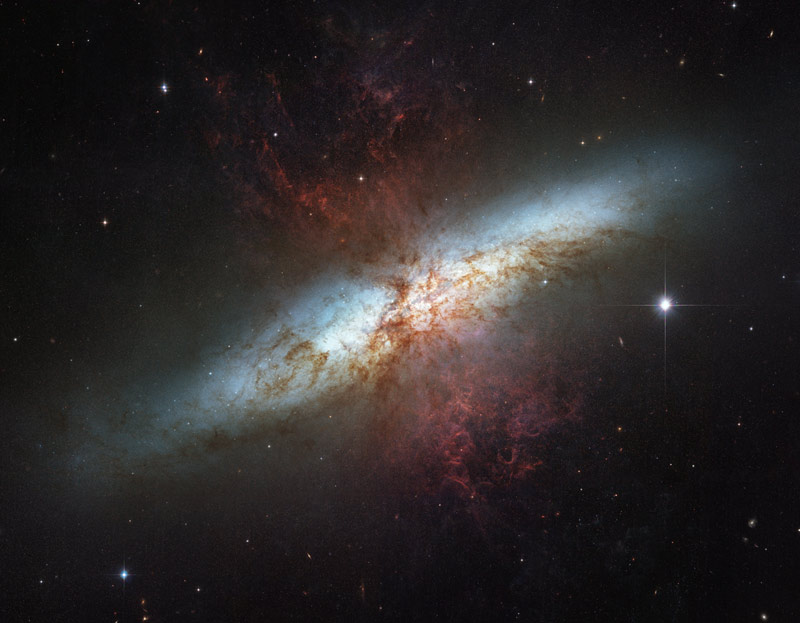Balloon Picking up Mysterious Radio Signals
NASA’s most recent balloon trip has found something new and unexplained, don’t you just love when that happens. The ARCADE balloon mission has uncovered a new radio signal with unknown origin, which may be more of an interesting find than the balloons real mission.
The findings come from NASA’s balloon borne instrument known as Absolute Radiometer for Cosmology, Astrophysics, and Diffuse Emission, or ARCADE. ARCADE was launched in July of 2006 in Palestine Texas. It flew to an altitude of 37km, 120,000 ft, where the atmosphere thins and begins to give way to space. It took data for about 4 hours before parachuting back to Earth. Balloons like this one are used for this reason, they can get above the interference caused by our atmosphere but are much cheaper to launch and build then a full blown satellite.
ARCADE’s mission was to observe and collect radio data from some of the first stars born in our universe. Since these stars are so distance their light is only observable at radio wavelengths. For the instrument to be sensitive enough to pick up this information it had to be cooled, really cooled. It was sent up with 500 gallons of liquid helium to keep it at a frosty 2.5 degrees Celsius above absolute zero. So it was all poised and ready but the data it was sent to collect was lost in a powerful radio signal of unknown origin.
This background radio signal was about 6 times larger than what they had expected to find. It was too strong, or loud, to be coming from the distant stars, and even too loud to be coming from known radio sources like gas from the halo of our galaxy. All galaxies give off some radio noise, usually just a hiss, except for those which are radio loud, usually quasars. But even with all these radio loud galaxies there isn’t enough of them to account for this noise, for the noise to be coming from just galaxies there’d have to be so many radio galaxies they’d be packed in like sardines, one right next to another, which just isn’t the case.
So obviously there’s something that we are missing, something loud making this racket that we don’t even know about; and that’s exciting. This is a great example of why astronomy is so exciting. This routine type mission that was supposed to just give a few details on a particular type of star and then BAM! There’s a mystery with possible far reaching implications. Is this a new object all together? Is it an evolutionary stage of galaxies that we didn’t know about? NASA hasn’t yet mentioned any planned follow up to try and dig deeper into this mystery but I’m sure that it is coming, I mean everyone loves a good mystery.
